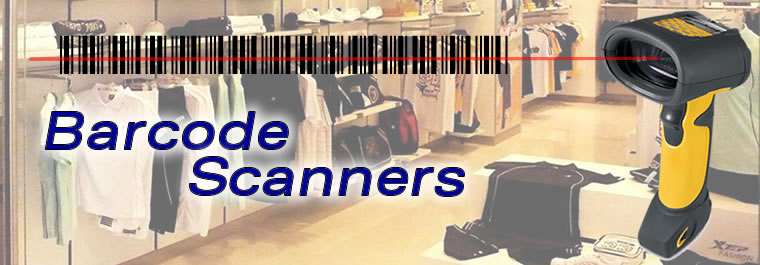Pen and Wand Scanners
Pen or wand-like scanners are equipped with light sources and a photodiode in the tip of each device. A photodiode is a type of receptor that can detect light and convert it into current or voltage that can then be sent to the computer for processing. When the light source is shined across the barcode, the black lines absorb the light, while the white spaces reflect it back to the photodiode. This creates a pattern called a waveform, which the photodiode passes to the computer hardware in the scanner that converts the pattern into usable data.
Cheap scanners
Pen barcode scanners are the least expensive type of scanners available. They require that the operator brush the surface of the barcode in a slow and even motion with the scanner. This means that they are susceptible to human error if the operator does not hold the pen at the proper angle or go over the code with the correct speed. They are inefficient for commercial applications like grocery store scanning or other businesses that require high volume scanning because of the slow speed that is required to scan the label properly. In fact, pen barcode scanners should only be considered when cost is a major factor in deciding which barcode scanner to get. Another negative aspect of a pen barcode scanner is that the tip of the scanner has to be in physical contact with the label in order to read it. Repeated scanning can damage packaging and render the barcode unreadable. In addition, pen scanners do not work well on oddly shaped packages, only performing well on flat surfaces.
Pen barcode scanners are available in wired and wireless models, which can connect to a computer or cash register using USB or ps2 port connections.
